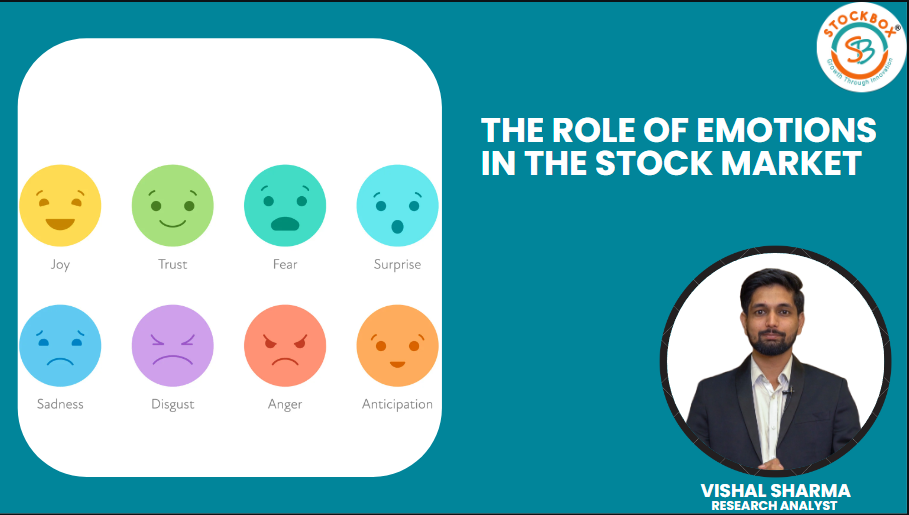The stock market is a complex ecosystem where numbers dance, charts fluctuate, and fortunes are made or lost in the blink of an eye. Behind the seemingly rational world of financial data, there lies an intricate interplay of human emotions that can shape the market’s trajectory. Understanding the role of emotions in the stock market is essential for any investor seeking success in this dynamic arena.
Fear and Greed: The Twin Pillars of Market Sentiment
At the heart of the stock market’s emotional landscape are fear and greed. These twin emotions often drive investors to make impulsive decisions that defy logic. During a bull market, greed can inflate asset prices beyond their intrinsic value, leading to bubbles that eventually burst. Conversely, in a bear market, fear can trigger panic selling, causing prices to plummet far below their actual worth. Recognizing the influence of these emotions is crucial for investors aiming to ride the market waves with prudence.
Herd Mentality: Following the Crowd
Humans are inherently social beings, and this trait manifests prominently in the stock market through the phenomenon of herd mentality. When investors see others buying or selling a particular stock, the fear of missing out (FOMO) or the fear of losing out (FOLO) can lead to a mass movement in the same direction. This herd behavior often amplifies market volatility and can result in overvaluation or undervaluation of assets.
Overcoming Emotional Biases
Emotional biases, such as overconfidence, loss aversion, and recency bias, can cloud investors’ judgment and hinder sound decision-making. Overcoming these biases requires self-awareness and a disciplined approach to investing. Successful investors acknowledge the emotional aspect of the market and develop strategies to mitigate the impact of biases, focusing on objective analysis and long-term goals.
Market Psychology: Analyzing Investor Sentiment
Market psychology plays a pivotal role in stock price movements. Techniques such as sentiment analysis gauge the overall mood of investors by examining social media, news, and other sources. Understanding market sentiment enables investors to anticipate potential market shifts and adjust their strategies accordingly. However, it’s essential to note that sentiment alone does not determine market direction, and a balanced analysis is crucial.
The Contrarian Approach: Capitalizing on Emotional Extremes
Contrarian investors thrive on market sentiment extremes. When fear grips the market, presenting buying opportunities, contrarians step in. Similarly, during periods of exuberance, contrarians may take a cautious stance. This approach involves going against the crowd and requires a strong conviction in one’s analysis, but it has proven successful for many seasoned investors.
Conclusion:
In the realm of the stock market, emotions are both a friend and a foe. Recognizing the emotional undercurrents that drive market movements empowers investors to make informed decisions and navigate the turbulent waters of finance with resilience. By acknowledging the role of emotions, implementing disciplined strategies, and embracing a contrarian mindset when necessary, investors can strive for success in an arena where psychology and finance intersect.

